1. Building an Agile Workforce to Tackle Labor Shortages
The construction industry is experiencing a massive labor gap, with experts estimating a need for over 500,000 new workers to meet project demand.
Why It Matters in 2025
- Evolving Skillsets: Nearly half of infrastructure-related skills will change within five years, requiring both digital and technical expertise.
- Aging Workforce: With the average age of craft workers nearing 46, attracting younger, tech-savvy talent is crucial.
- High-Tech Projects: Data centers, chip facilities, and green buildings require highly skilled labor that’s becoming harder to find.
Smart Solutions for Construction Firms
- Adopt AI-Based Tools:
AI in construction is helping companies overcome workforce shortages. For example, tools like Beam AI automate construction takeoff services, saving time and reducing manual effort.- Upload site plans, define the scope, and AI completes the takeoff in minutes.
- Contractors save up to 50% of bid cycle time, focusing instead on strategic tasks.
- Offer Growth Paths:
Provide clear career progression, job rotations, and cross-training to improve retention and upskill workers. - Embrace AR and VR Training:
Immersive training using AR and VR prepares workers for new-age construction tasks while improving engagement and safety.

2. Technology Innovation in Construction: Digitization at Full Speed
Digital transformation is now central to construction trends 2025. Firms adopting AI and automation are seeing faster project delivery, better collaboration, and reduced costs.
Key Digital Technologies Shaping the Future of Construction
- Building Information Modeling (BIM):
- Centralizes all project data for architects, engineers, and contractors.
- Improves planning, coordination, and reduces delays through real-time collaboration.
- Digital Twins:
- Virtual replicas of construction assets that simulate real-world performance.
- Used for predictive maintenance, process optimization, and addressing labor gaps.
- Firms like Jacobs Engineering are already leveraging this to optimize infrastructure workflows.
- Robotics and Automation:
- Robots and cobots now assist in bricklaying, welding, rebar tying, and painting, increasing productivity and safety.
- Heavy equipment automation handles excavation, lifting, and concrete pouring. The result? Faster completion rates, fewer errors, and reduced dependency on manual labor.
- AI-based Takeoff Software:
- Tools like Beam AI are revolutionizing construction takeoff software, making estimating faster, more accurate, and scalable.
- AI eliminates repetitive tasks and integrates directly into digital workflows, saving thousands of work hours annually.
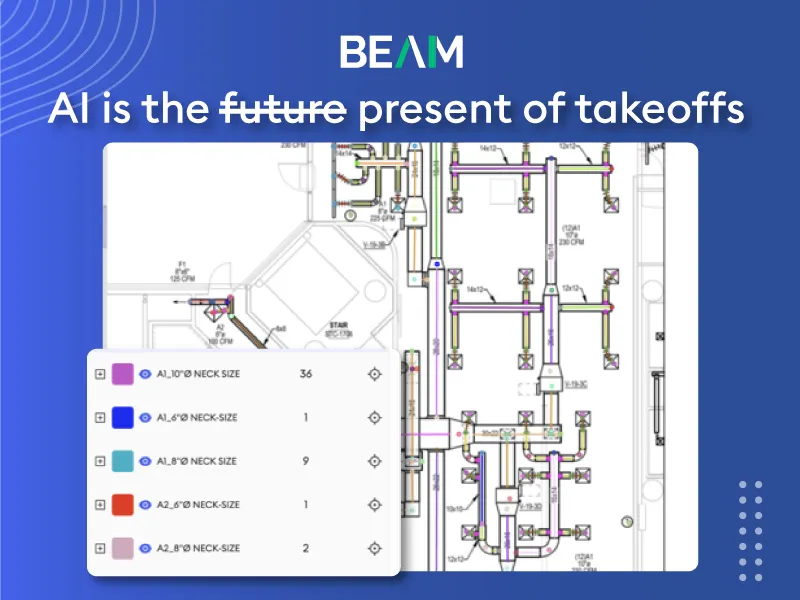
3. Green Construction Trends to Watch in 2025
Sustainability has moved from a buzzword to a business imperative in the future of construction. With environmental regulations tightening, companies are embracing eco-friendly technologies and materials.
Eco-Friendly Practices Driving the Future of Construction Industry
- Alternative Materials:
- Cross-laminated timber (CLT), self-healing concrete, 3D-printed concrete, and mycelium composites are gaining popularity.
- These materials are durable, low-emission, and reduce overall construction waste.
- Green Buildings:
- Focused on efficient use of resources, renewable materials, and long-term sustainability.
- Lower maintenance costs and a smaller carbon footprint make them a global priority.
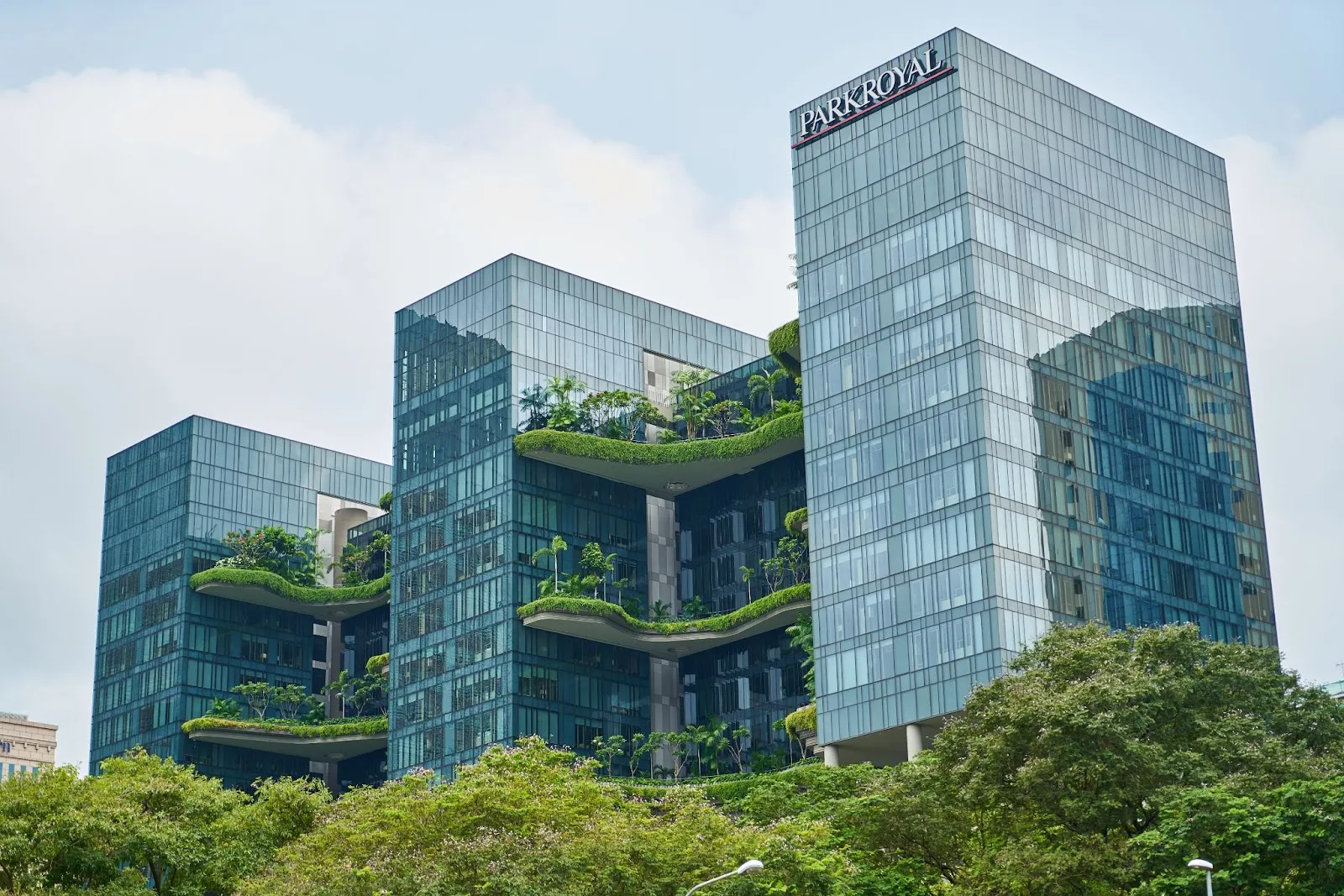
- 3D Printing in Construction:
- Known as additive construction, it enables rapid, waste-free, and cost-efficient building.
- Companies like ICON are producing 3D-printed homes in under 24 hours.
- The automation and precision of 3D printing align perfectly with AI-driven design and project planning.
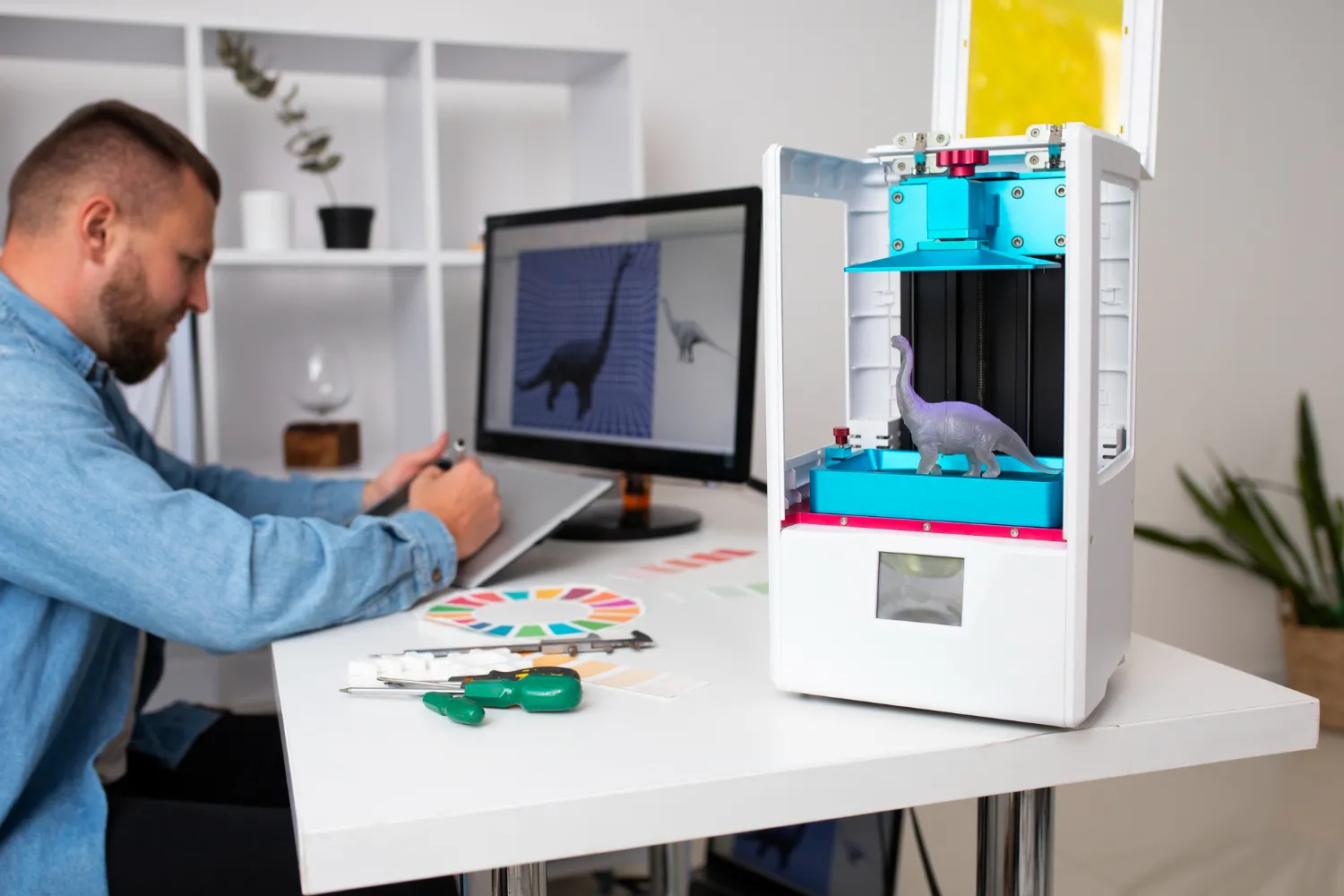
4. The AI Edge: Automating Preconstruction and Takeoff Workflows
AI is transforming how contractors approach preconstruction planning.
- Traditional takeoffs consume up to 50% of the bid cycle.
- With AI-based construction takeoff software, estimators complete takeoff reviews in minutes - improving accuracy and bid throughput.
- Automation allows teams to bid on more projects without expanding staff, directly boosting profitability amid the labor crunch.
AI also supports predictive project management, forecasting delays, material needs, and cost overruns before they occur. As the construction industry emerging trends 2025 take shape, AI will become the backbone of smarter, more agile operations.
5. What the Future of Construction Looks Like
The future of construction is digital, sustainable, and human-centered. Companies that combine AI-driven tools, technology innovation, and green practices will stay ahead of market shifts. The fusion of automation, robotics, and data analytics is ushering in an era of smarter, safer, and faster project delivery.
In Short
- AI is optimizing every stage - from construction takeoff services to jobsite safety.
- Digital twins and robotics are redefining efficiency.
- Green construction is no longer optional; it’s the industry standard for 2025 and beyond.

.png)

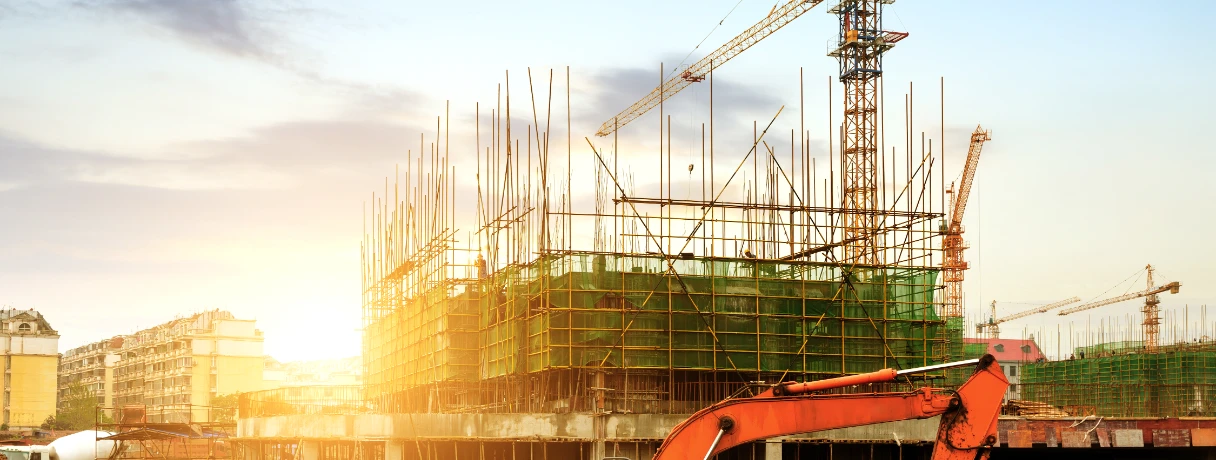





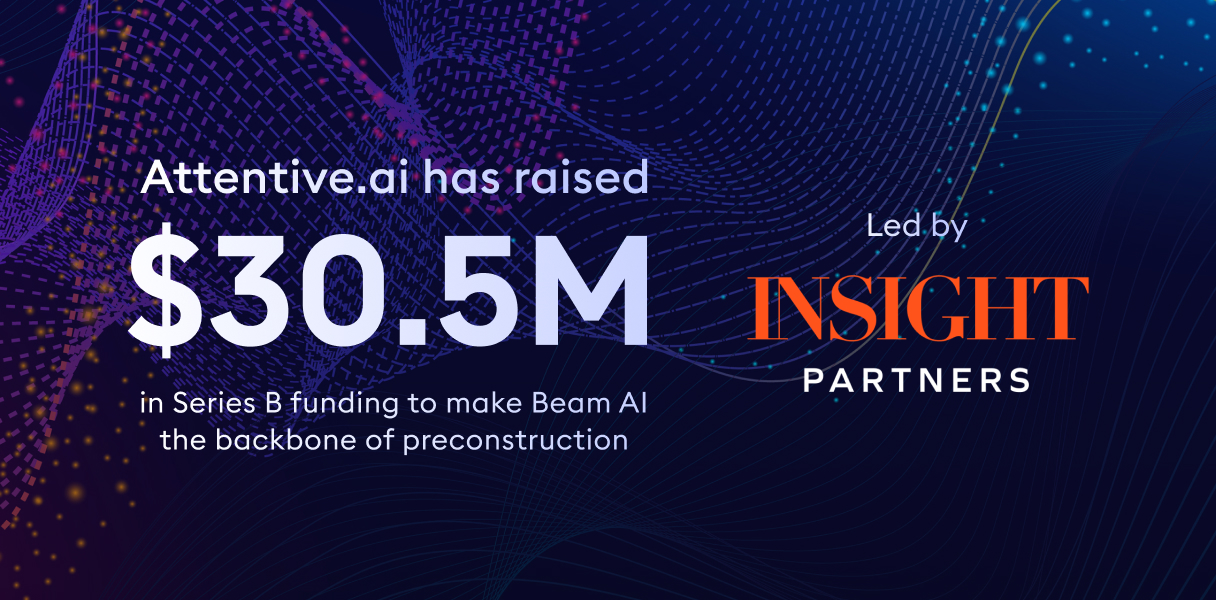
.png)

.png)
.webp)

